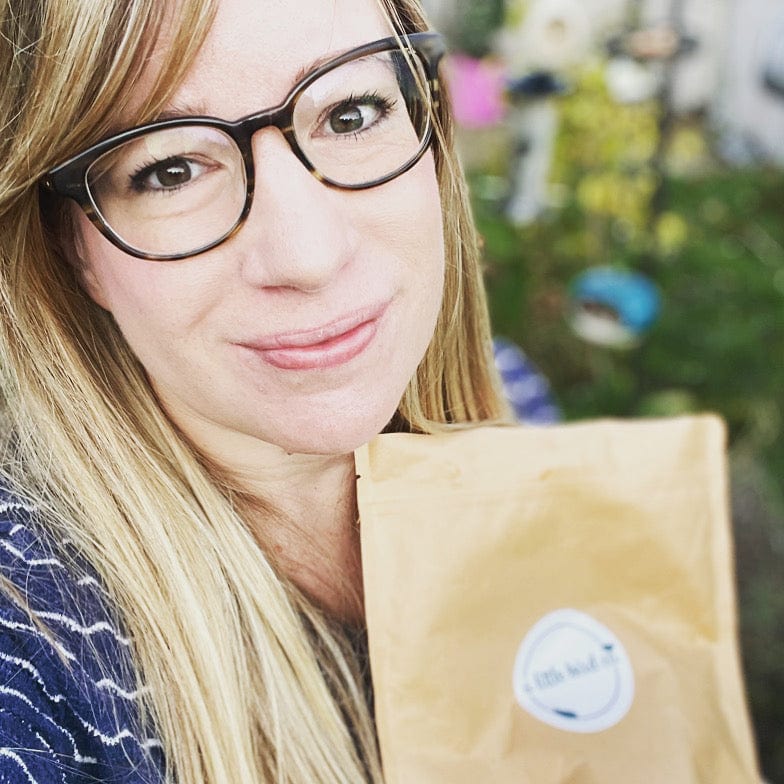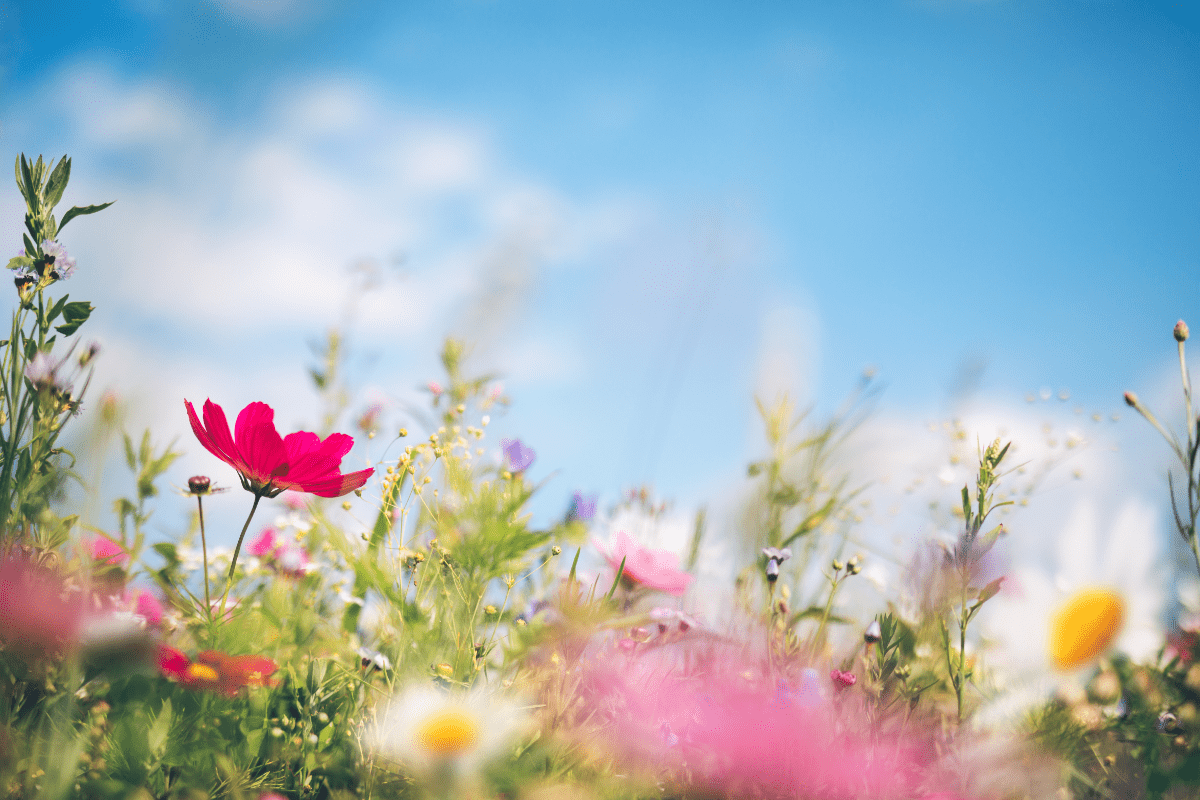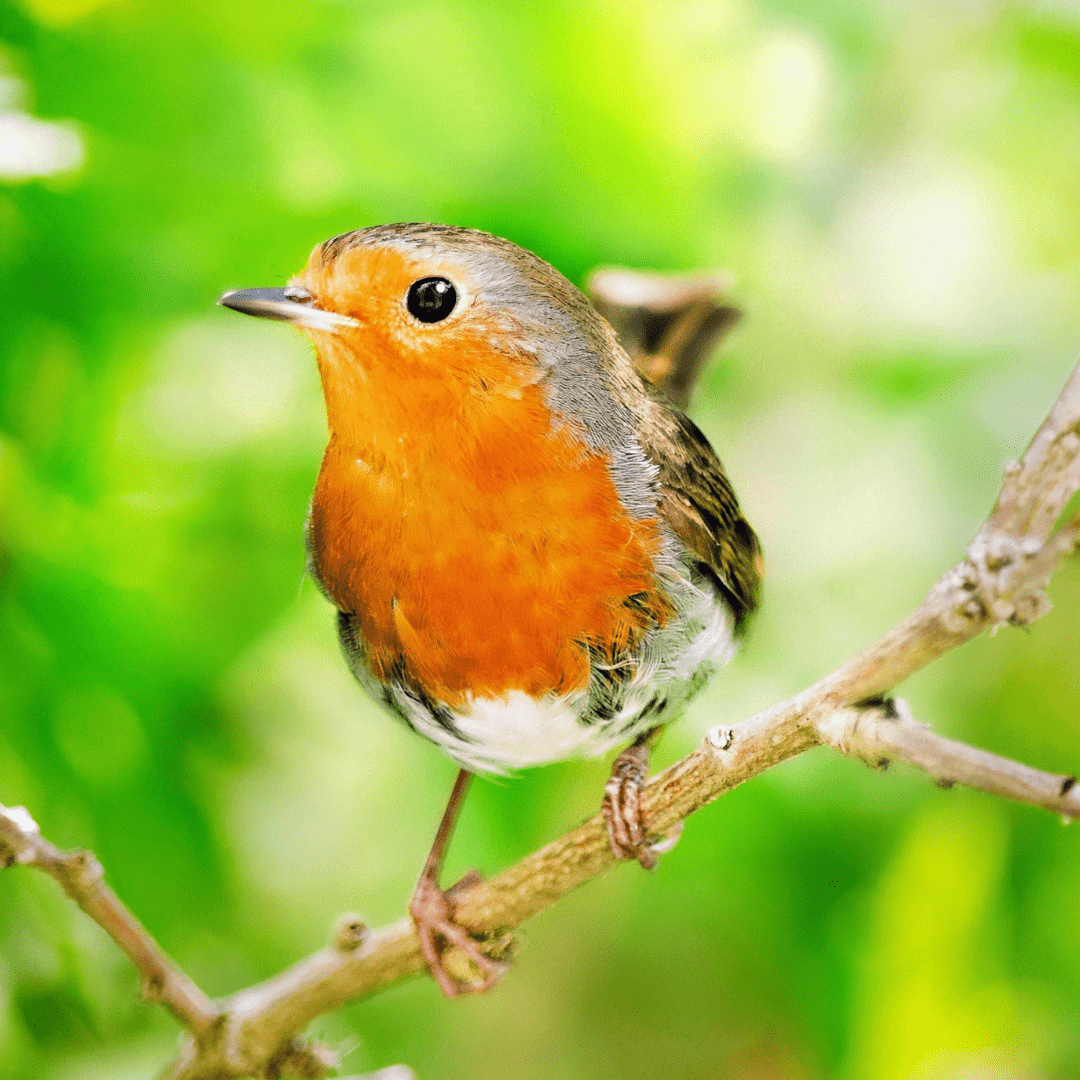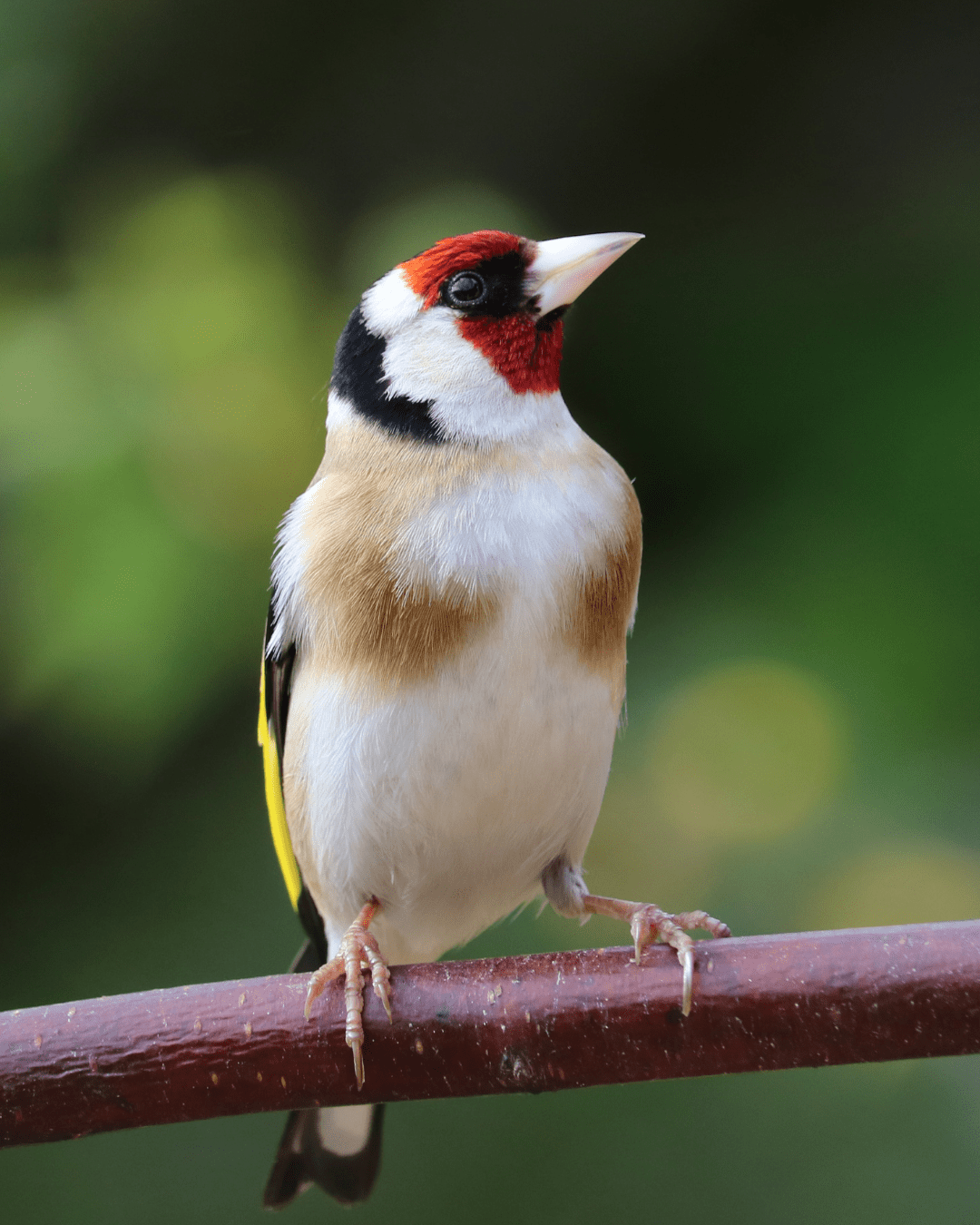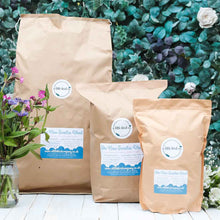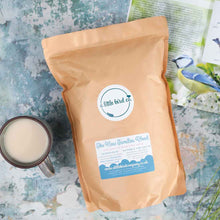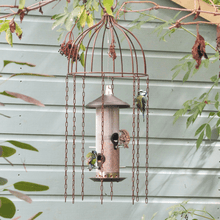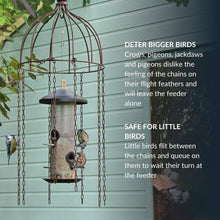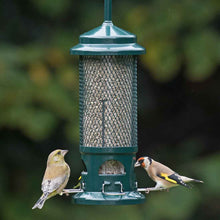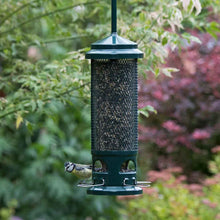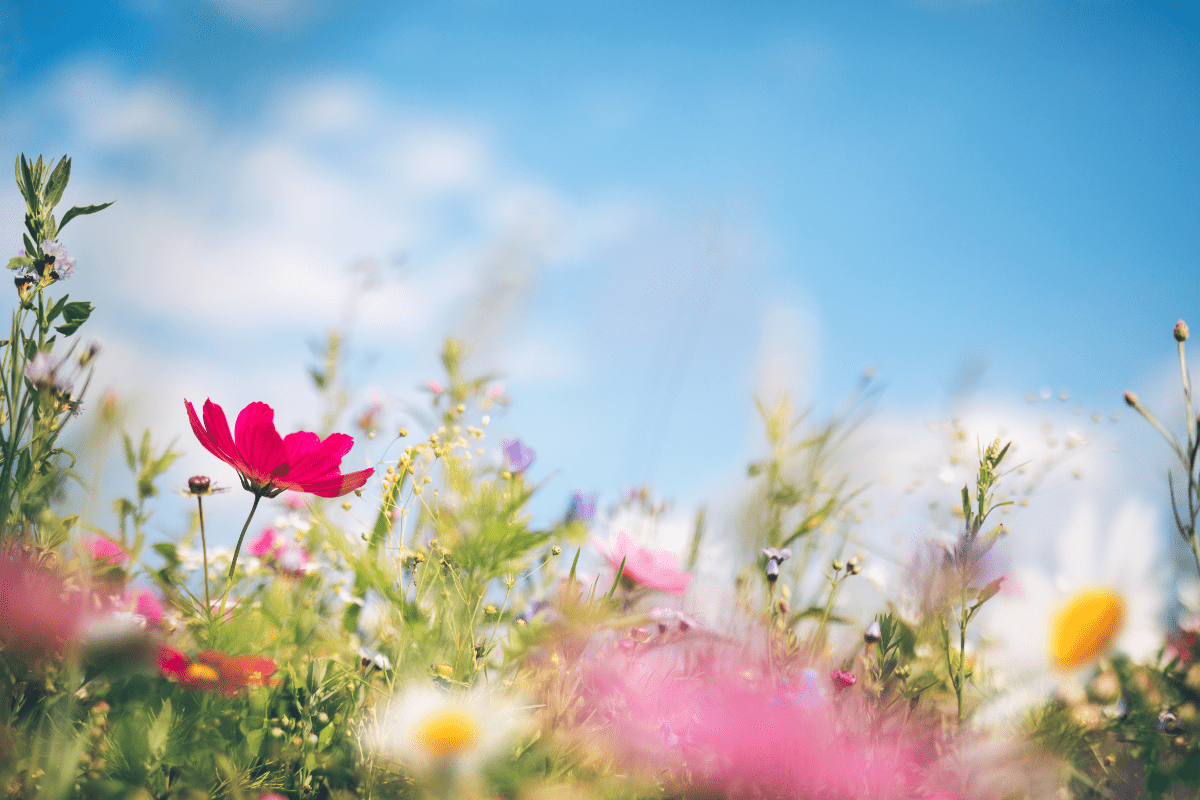What Do Garden Birds Eat? A Guide to House Sparrows, Blue Tits, Blackbirds, Robins and Goldfinches
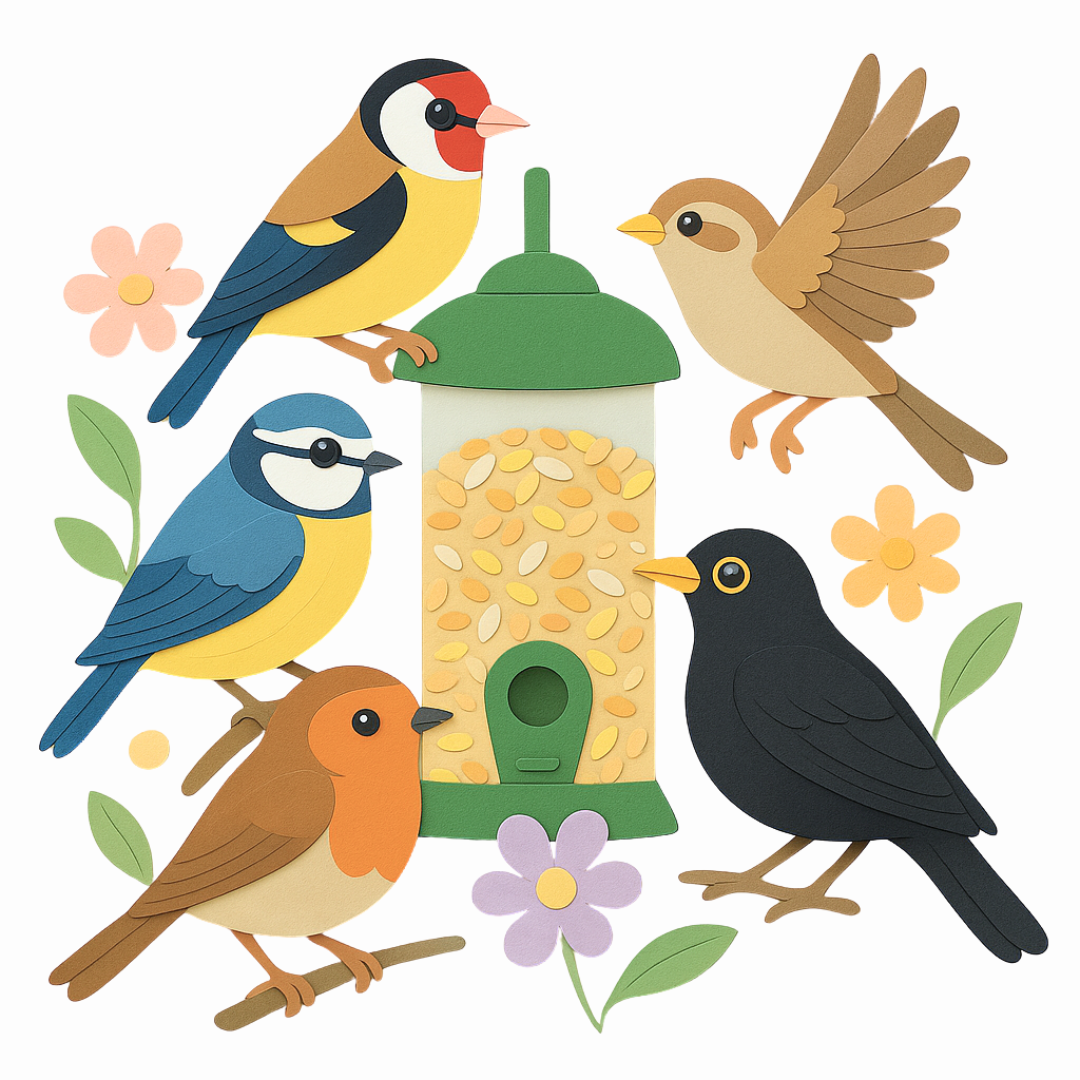
Every January, the RSPB Big Garden Birdwatch takes place, and it’s something I always look forward to. I watch the birds every day, but the Birdwatch gives me the perfect excuse to sit down for a full hour with my daughters and notice which birds turn up. It’s a lovely moment when we all come together, counting familiar favourites and the occasional surprise visitor, and contributing to conservation data on a national level.
When we started creating our A Little Bird Co. seasonal no wheat blends, we did a lot of research into what these birds actually eat. In this post, I’m sharing what we found out about some of the UK’s most commonly seen garden birds, and how you can support them without waste.
What do house sparrows eat?
House sparrows are one of the UK’s most common birds, usually seen in busy, noisy groups. They eat a big variety of seeds, and in our blends they love sunflower hearts, suet pellets, chopped peanuts, and pinhead oats.
But house sparrows don’t only rely on seeds. Insects are an important part of their diet, especially during the breeding season. Their national decline is thought to be linked partly to reduced insect populations. Alongside putting out a seed blend containing their favourite foods, you can support them by planting pollinator-friendly flowers like lavender, ox-eye daisies, foxgloves, nasturtiums, and cornflowers, which attract the insects sparrows need to raise healthy chicks. Think of your garden as its own little eco system. Feeding the right foods and encouraging more insects in the garden work hand in hand to support sparrow populations.
How do I attract house sparrows to my garden, and where do they nest?
Provide the foods listed above, make space for insect-friendly planting, and avoid using pesticides which reduce insect numbers. House sparrows often nest together in groups in cavities such as under roof eaves or in nest boxes. Offering terraced nest boxes near hedges or walls can give them safe spaces to breed.
What do blue tits eat?
Blue tits are acrobatic feeders, often clinging to feeders or hanging upside down. Unlike great tits, robins, woodpeckers, nuthatches, and goldfinches, they're a little skittish and easily spooked, so they don’t stay for long at the feeder. They need food they can grab quickly and fly off with.
In our blends, blue tits take sunflower hearts, suet pellets, chopped peanuts, and hemp seed. These foods provide the high-energy nutrition they need, particularly during spring when they are feeding chicks. Blue tits also love somewhere to dart back to in amongst trips to the feeder, so keeping a good mix of trees and shrubs will further support them. They also happily use a wooden nest box, so why not add one to a quiet spot?
How can I attract blue tits to my garden and support their chicks?
High-energy foods like sunflower hearts and suet pellets support adults through the demanding nesting season. A single brood of blue tits can eat more than 10,000 caterpillars while growing, so avoid pesticides in your garden to keep insect populations healthy. Blue tits readily use nest boxes with a small entrance hole, positioned with a clear flight line for easy entry and exit, on a tree or wall.
What do Blackbirds eat?
Blackbirds feed mainly on the ground and eat worms, insects, and fruit. From our blends, they are drawn to mealworms (outside summer), chopped peanuts, suet pellets, and pinhead oats.
Blackbirds prefer feeding in open, safe spaces. If you want to attract them, scatter small amounts of food on the ground. When I go out to fill the feeder, the blackbird always comes down to join me so I drop a little food his way every morning. Our no wheat approach means you won’t be left with piles of unwanted seed germinating beneath the feeding area. You can also leave chopped apple or fruit to encourage a blackbird into the garden.
How do I attract blackbirds to my garden?
Yes, they will happily eat apples, pears, and berries as well as mealworms and suet from your blends. Blackbirds usually nest in hedges, shrubs, or even low trees, building neat, cup-shaped nests. By providing dense planting and avoiding garden chemicals, you can support both their feeding and breeding needs.
What do Robins eat?
Robins are one of the UK’s most recognisable and well-loved birds. They specialise in insects and worms, and they’re naturally attracted to mealworms (outside summer), suet pellets, chopped peanuts, and pinhead oats from our blends.
Robins will use a hanging bird feeder, and they also feed close to the ground. Unlike sparrows or starlings, they are territorial. You’ll usually only see one robin in your garden at a time, so don’t be surprised if another is chased away. Providing softer foods like oats and mealworms helps meet their needs year-round.
What should I feed robins in winter, and where do robins nest?
Soft, energy-rich foods like suet pellets and oats are ideal when insects are scarce and temperatures are low. Robins often choose to nest in unusual spots, including sheds, ledges, or dense shrubs, so leaving quiet, undisturbed corners of your garden can give them safe nesting opportunities. They will also use an open fronted nest box.
What do Goldfinches eat?
Goldfinches are beautiful, sociable birds who love to eat niger seed. However, these very small seeds germinate quickly beneath feeders and don’t align with our no waste ethos, so they aren’t included in our blends.
Goldfinches do take readily to sunflower hearts, hemp seed, and suet pellets, all of which are part of our seasonal mixes. Hemp seed is also a favourite of other finches such as chaffinches and greenfinches, so including it supports a wider range of birds.
If you’d like to encourage more goldfinches, consider planting species like evening primrose, thistles, teasel, dandelions, and knapweed. Leaving seedheads intact over winter also provides natural feeding opportunities. When I look out into our flower beds in autumn and winter, I can always see the seedheads bobbing up and down under the weight of goldfinches as they eat the seeds and wait for their turn at the feeder.
What plants attract goldfinches, and where do they nest?
Native plants such as teasel, dandelions, and knapweed are especially attractive, alongside sunflower hearts and hemp seed in your blends. Goldfinches often nest high in trees or tall shrubs, weaving delicate, cup-shaped nests. Avoiding pesticides will help keep the insect populations healthy that young finches need in their diet.
Feeding garden birds doesn’t have to be complicated. By focusing on high-quality, no wheat, seasonal blends, you’ll be providing the foods that common species such as house sparrows, blue tits, blackbirds, robins, and goldfinches actually need. Pairing this with pollinator-friendly planting and thoughtful garden design gives the birds food, shelter, and a reliable place to return to.
Explore our Seasonal Bird Food Blends to make bird feeding simple, effective, and waste-free.

